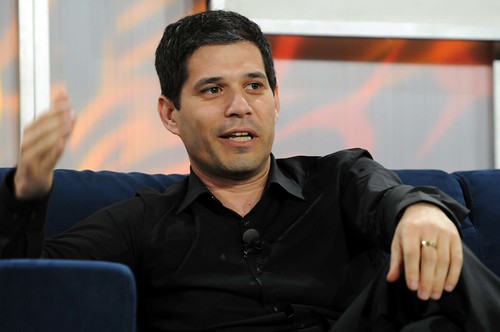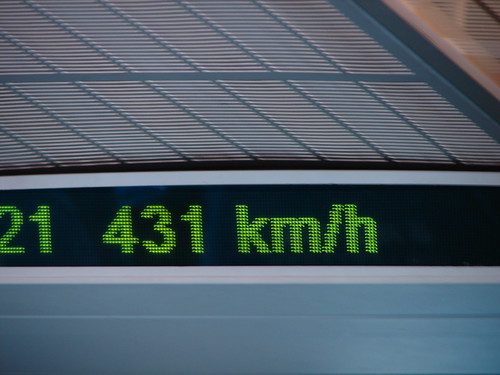
Asks Miss Rogue. Its a great question – not that they aren’t out there, I just don’t have names at my fingertips. If you know of any budding Anita Roddicks out there please let me know.
Google came up with one impressive example straight away, from Kate Craig-Wood, a Surrey-based entrepreneur who is evidently on a mission.
Business: I want to transform the Internet hosting & IT infrastructure sector. My current objective is to be instrumental in making available high-quality, universally-accessible, eco-friendly utility computing facilities in the UK and to help establish Britain as the world-leader in the next stage of ICT’s evolution.
Environment: I am passionate about environmental issues, particularly in relation to reducing the IT sector’s contribution to the greenhouse effect. I am a member of Intellect UK’s directorial leadership group on energy & efficiency, and also a committee member of the the British Computer Society’s (BCS) Data Centre Specialist Group (DCSG), and am working to bridge their and Intellect’s expertise in the area of green computing. As well as writing about green IT, I am often quoted on the subject and occasionally present on the topic, including a recent webinar – The Business Case and Methods for the Green Data Centre. My company was also the first ISP in the UK to become CarbonNeutral.
Women in IT: There are a number of issues facing women in IT; only 16% of tech workers are female, falling from a high of about 21% five years ago. On top of that, at 23% the gender pay gap in the IT sector is much worse the UK’s 17% average. As one of the few female entrepreneurs in the IT sector I hope to act as a role model, challenge the inequalities and misconceptions in our industry, and encourage other women to move into ICT (where they are badly needed!).
Kate’s blog is here. Subscribed!
Another interesting pointer from Google is the upcoming International Women Environmental Entrepreneurs Fair, which will piggyback on the IV World Conservation Congress (5-14 October, 2008, in Barcelona, Spain).
The Fair will also allow form the basis of a worldwide network of women green entrepreneurs, which will catalyze collaborations among different sectors, associations, regions and countries. The International Women Environmental Entrepreneur Fair aims to: facilitate and strengthen women’s productive enterprises that produce or provide services that are environmentally friendly; and showcase women’s professional and business activities that go beyond regional borders and contribute to environmental conservation and the alleviation of poverty.
One final, local thought: I nominate Alexandra Deschamps-Sonsino aka designswarm, who is helping to build momentum behind Arduino. What’s green about hardware hacking? When you talk to Alex it becomes clear that hackable is sustainable. If you can hack it you can fix it, mend it, improve it, reuse it. Hacking can be akin to recycling. Its often pointed out that in Africa people are a lot more creative about reusing stuff. We should support such efforts at source. Resourcefulness springs from a lack of resources, not an abundance. It shouldn’t just be be people in poorer countries that sweat assets rather than throw them away though.
If you know any women ecopreneurs please let me know or contact Tara directly.

Above Image courtesy of the United Reform Church, from the Swords Into Ploughshares exhibition ofMozambique Art.
Pineapple is the background image from Miss Rogue’s twitter homepage.










